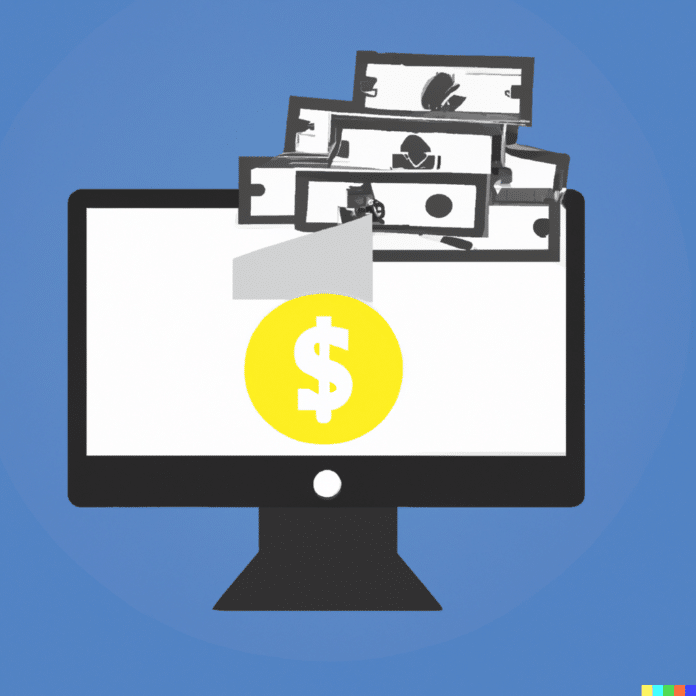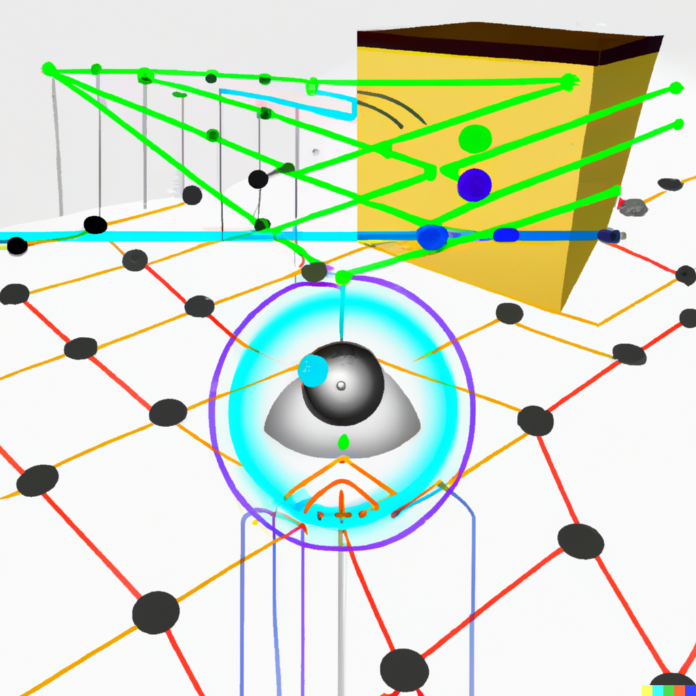Google has announced the launch of its latest AI technology called Bard, which is set to compete with ChatGPT. This article discusses everything you need to know about Bard, its features, advantages, and how it will change the AI landscape.
Introduction
In today’s world, AI technology has been revolutionizing the way we live and work. Chatbots have been an essential part of this transformation, with ChatGPT being one of the most popular chatbots available today. However, Google has recently announced the launch of its new AI chatbot, Bard, which is set to compete with ChatGPT.
Google’s decision to launch Bard is a significant step in the AI world. The competition between these two chatbots is set to bring about exciting developments in AI technology. In this article, we will discuss everything you need to know about Bard, its features, advantages, and how it will change the AI landscape.
What is Bard?
Bard is Google’s latest AI technology that aims to compete with ChatGPT, an open-source AI language model developed by OpenAI. Bard is designed to understand natural language better, provide more accurate responses to users, and learn from user interactions to improve its responses over time.
Bard is built on top of Google’s existing AI technology, which means that it will benefit from the vast amounts of data Google has accumulated over the years. This data includes billions of searches, translations, and conversations, which will help Bard understand natural language better and provide more accurate responses to users.
Advantages of Bard
Bard comes with several advantages that set it apart from its competitors. These advantages include:
- Better Understanding of Natural Language
Bard is designed to understand natural language better than any other chatbot available today. It uses Google’s existing technology to analyze and interpret natural language, making it easier to understand what users are saying and respond accurately.
- Customizable Responses
Bard allows developers to customize the responses it gives to users. This means that businesses can use Bard to provide personalized responses to their customers, improving customer experience and satisfaction.
- Improved Machine Learning
Bard uses machine learning algorithms to learn from user interactions and improve its responses over time. This means that as more users interact with Bard, it will become smarter and provide more accurate responses.
- Seamless Integration
Bard is designed to integrate seamlessly with other Google products, such as Google Assistant and Google Cloud. This means that businesses can use Bard to improve their existing AI technology, making it more efficient and effective.
How Will Bard Change the AI Landscape?
Bard’s launch is set to bring about significant changes in the AI landscape. It will create healthy competition between chatbots, which will lead to more developments in AI technology. Here are some ways Bard will change the AI landscape:
- Better Chatbot Technology
The competition between ChatGPT and Bard will lead to the development of better chatbot technology. Chatbots will become more accurate, personalized, and efficient, making them more useful to businesses and individuals.
- Improved Customer Experience
As chatbot technology improves, businesses will be able to provide better customer experiences. Chatbots like Bard will be able to understand natural language better, respond more accurately, and provide personalized responses, making interactions with customers more efficient and satisfying.
- Increased Adoption of AI Technology
As chatbots become more efficient and effective, more businesses and individuals will adopt AI technology. Chatbots like Bard will be able to improve customer experiences, increase efficiency, and reduce costs, making them valuable addition to any business.
FAQs
- Will Bard be available to the public?
Google has not announced whether Bard will be available to the public. However
- How does Bard compare to ChatGPT?
Bard and ChatGPT are both AI chatbots, but Bard is designed to understand natural language better and provide more accurate responses. Bard is also customizable, allowing businesses to personalize responses, and is built on Google’s existing AI technology, which means it benefits from vast amounts of data.
- Can Bard be integrated with other AI technologies?
Yes, Bard is designed to integrate seamlessly with other Google products, such as Google Assistant and Google Cloud. This makes it easier for businesses to improve their existing AI technology and make it more efficient and effective.
Conclusion
Google’s announcement of Bard, its new AI chatbot, is a significant step in the AI landscape. Bard’s competition with ChatGPT will lead to exciting developments in chatbot technology, resulting in more accurate, personalized, and efficient chatbots. Businesses and individuals will benefit from improved customer experiences, increased efficiency, and reduced costs as AI technology continues to evolve.
Bard’s ability to understand natural language better, provide customizable responses, and learn from user interactions will make it a valuable addition to any business looking to improve its AI technology. As chatbots like Bard become more efficient and effective, the adoption of AI technology will increase, leading to a more significant impact on the world as a whole. The launch of Bard is undoubtedly a step in the right direction towards an AI-powered future.


![CHAT-GPT-4[1]](https://imran.xyz/wp-content/uploads/2023/03/CHAT-GPT-41-696x391.jpg)
![how-to-earn-money-online[1]](https://imran.xyz/wp-content/uploads/2023/03/how-to-earn-money-online1-696x392.jpg)

![freelancing-website[1]](https://imran.xyz/wp-content/uploads/2023/03/freelancing-website1-696x479.png)





![taskbarleft_1[1]](https://imran.xyz/wp-content/uploads/2023/01/taskbarleft_11-696x464.jpg)